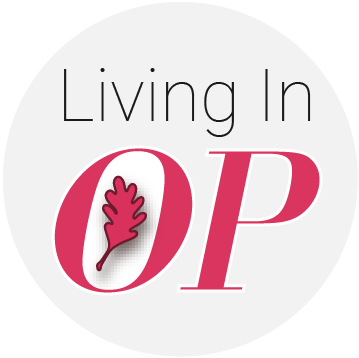The Increase of the Federal Minimum Wage
November brought the presidential election and with it several changes to local government. While governor, congress and senate seats were not on the ballot this year, there were plenty of other things for voters to battle over. One of the main issues was the increase of the federal minimum wage in the state from $8.56 an hour to $15 an hour. The initiative, which required 60% approval to pass barely did so. While most would say that increasing pay is great, others are not so sure.
The main issue with this change is that it affects everyone differently which is why most opinions are not wrong, but rather biased based on a person’s point of view. To better understand the impact of this change on small businesses, let us break down how it can impact everyone.

Small Business Owners
Workers Earning Under $15/Hour
The beneficiary of this change will undoubtedly be the workforce currently earning less than $15/hour, which as of now represents over 25% of the state’s workforce. These men and women have struggled to afford the increase in Florida’s cost of living over the last decade without seeing their wages increase accordingly.
Because the state is so large, the increase in wages will impact these workers differently. For example, living in the northern part of the state where the cost of living is much more affordable, the wage increase will drastically help households living close to the poverty line. However, in South Florida, where the population and cost of living is much higher, the increase may only help people inch closer away from the poverty line.

Concerns on Small Business Survival
There are understandable concerns on how small business owners will be able to survive through the coronavirus pandemic only to be met with an increase in wages. Many feel that this could shutdown several of those businesses that are just managing to get by and create another recession felt throughout the state, especially in the South.
However, the majority of small businesses are not paying minimum wage or under $12 an hour to their employees. Why? Because the cost of living and competition for reliable and experienced workers has forced most small business owners to pay higher wages than corporations will.
The Impact on Major Corporations
The impact will more than likely be most noticeable for major corporations, especially in retail which has the highest percentage of employees making under $15 an hour. These corporations are able to offer employment at these rates because they combine them with benefits like health insurance and retirement. What some of these corporations may now do is take a single employee who is working 35 hours a week on average and split the hours between two employees who will work 20-25 hours per week.
This allows these corporations to save on labor costs as the adjusted number of hours will not allow most employees to qualify for corporate benefits. This strategy would also give retailers the ability to increase personnel, which means more options for stores when employees take vacation or cannot work their shift. It is still not known if that is the plan for many of the major retailers throughout the state, but it is clear that they will do something to minimize the increase in labor costs.

Cost of Living: A Major Issue
There are small businesses that will be negatively impacted by this change. However, the strength of any economy is in the financial health of its middle class. As the cost of living has continued to go up, along with the challenges the coronavirus has created, there is no denying that those living near the poverty line has been increasing, while the middle class, year by year, has been decreasing. The only way to combat that is to either lower the cost of living, which is not an option, or increase hourly wages.
If retailers decide to split the hours between two employees, we may see a drastic shift in the way hourly workers job hunt. Rather than focusing on finding a single job, many would try to focus on getting two or three jobs that would allow them to work a combined 40-50 hours a week. Once the pandemic ends, stores will go back to their regular hours of operation which means an increase in demands for labor.






















